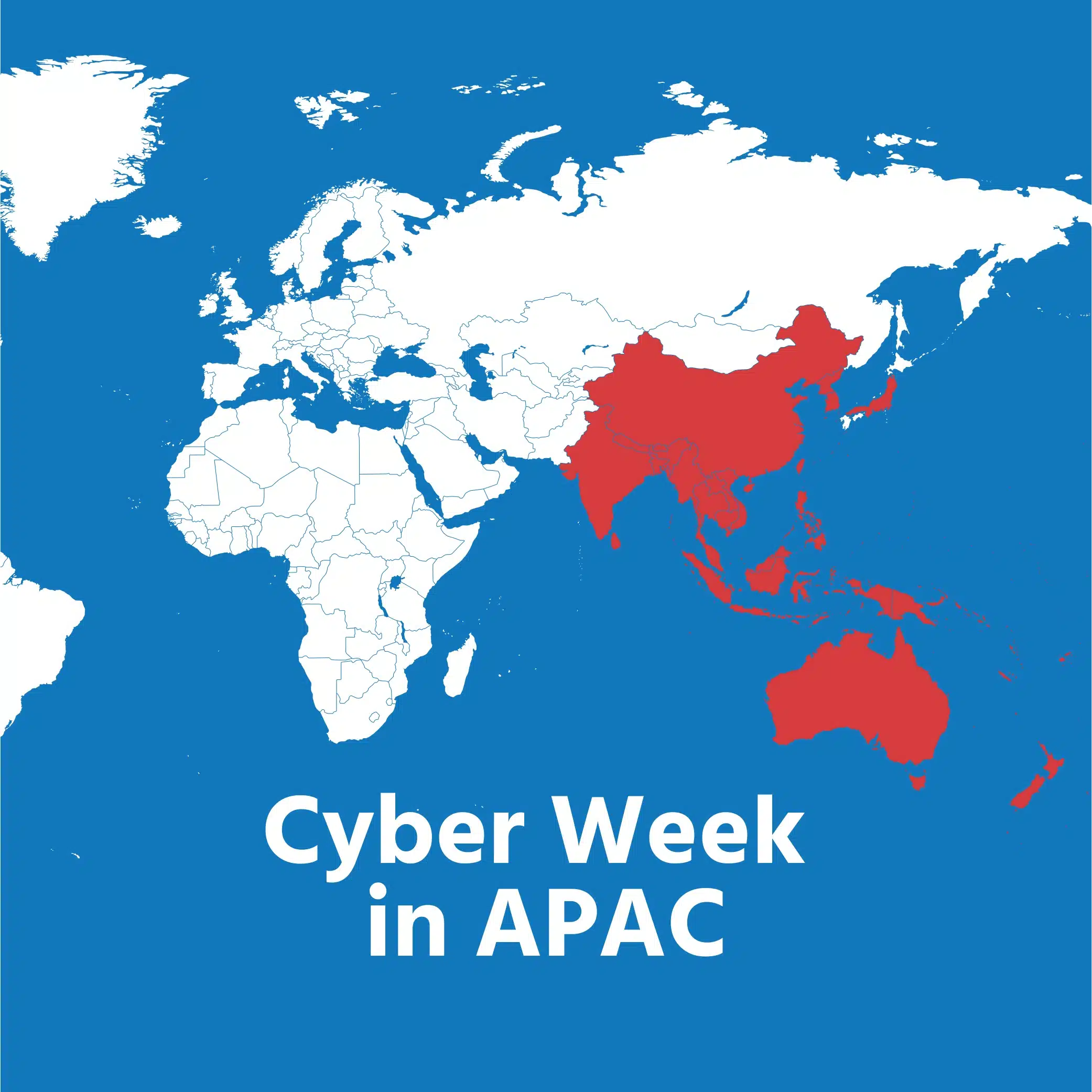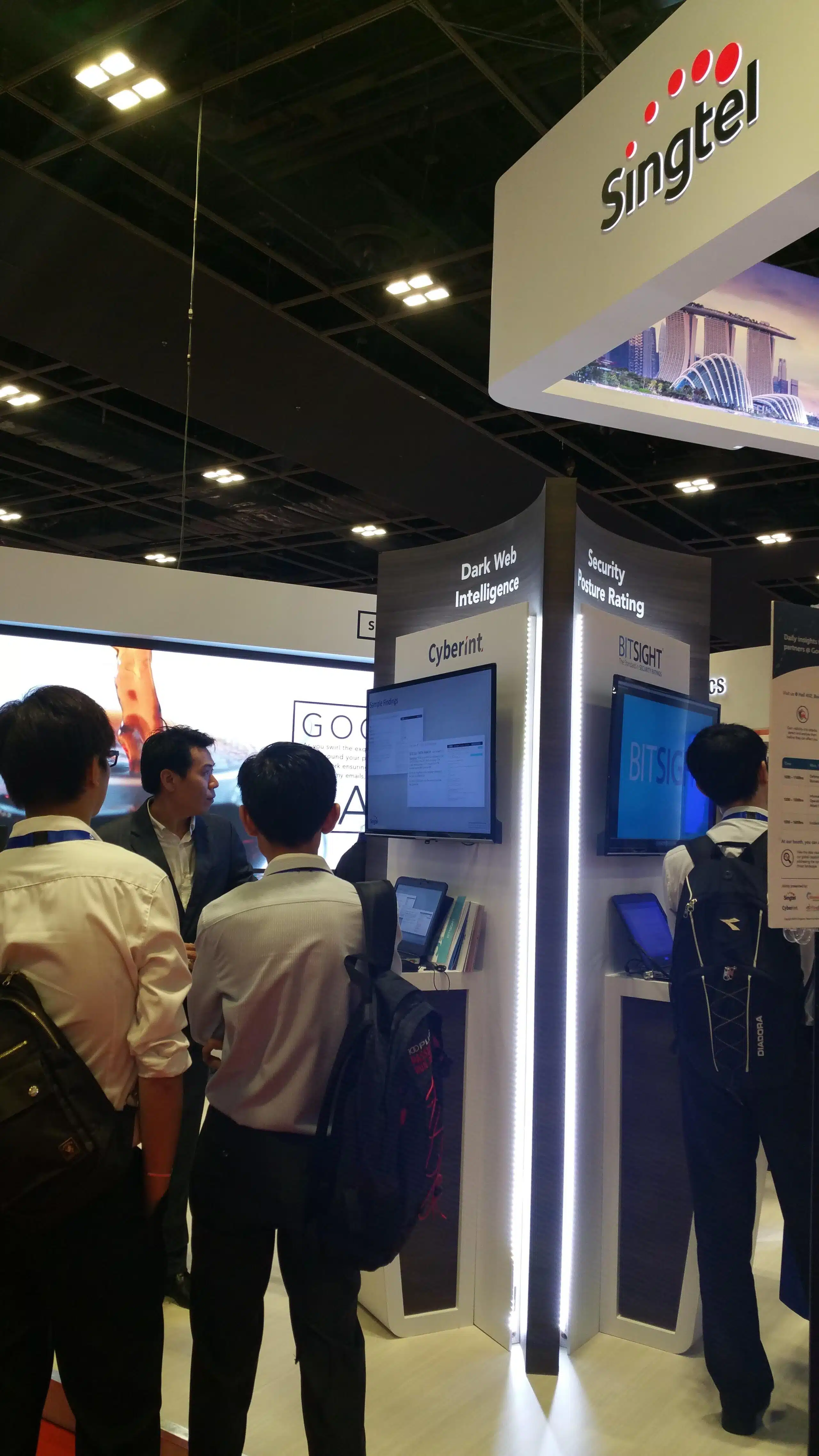


We participated in several events in Singapore and the Philippines last week, and saw firsthand a great curiosity about and commitment to brand protection at a time of rampant cyber-attacks. One thing is clear, businesses, organizations and governments in Asia Pacific are fully embracing cyber awareness and the need to protect digital assets.
The halls were crowded as was the agenda of Cyber Week in APAC, you could sense the great thirst people had to better understand this “cyber” that everyone is on about. My schedule included GovWare (Singapore), where we presented as SingTel’s partners at their impressive booth, IMMAP digicon (Philippines), one of the largest digital media events in the region, and lecturing at one of SEA’s leading banks, as part of their Cyber Awareness Month.
The questions following my presentations were pouring in and while I would like to take full credit for being an enlightening speaker, I believe that this level of interest is a true testament to the troubled cyber times that organizations are witnessing and how eager they are to address them.
The week started with me giving a lecture about cyber awareness at one of the largest banks in the region. I then had the honor to give a talk at Digicon, a three-day conference hosted by the Internet and Mobile Marketing Association of the Philippines (IMMAP) and finished off my week collaborating with SingTel at Singapore’s GovWare conference.

My IMMAP talk focused on the link between marketing, branding and cybersecurity. You know the expression, “The bigger they are, the harder they fall”? Unfortunately, that saying holds true in marketing: the more successful a company is spreading its brand name, the more attention it will get from cybercriminals and hackers.
I asked my audience at IMMAP to consider several companies whose social presence continues to grow. Lazada.com, an ecommerce business in Singapore, has 15.7 million likes on its Facebook page and Cebu Pacific Air, a Philippines airline, has 3.4 million Facebook likes.
Long gone are the days where these companies and many others invest money and time on social media solely to build their brand. The platforms have become tools that deliver customer service, monitor customer satisfaction and keep close followers/the brand loyalists up to speed on what is new with their beloved brand. For many brands they have become an integral part of business practice.
But the faster these brands grow on social media, the more they become exposed to cybersecurity risks and threats. Building a brand can take years, but for a cybercriminal to bring a brand down takes hardly any time at all.
No one is immune to a cyber attacks:
Those are only three examples; there are many other publicized and non-publicized breaches of customer-facing brands. The threat will only continue. Companies’ social media efforts will be highly susceptible to hackers hijacking their brands to circulate viral posts, phishing attempts and malware. Hackers exploit customer trust in social media posts that appear to be legitimate but are anything but.
Scams and fraud campaigns gather customer credentials and credit card details and also distribute malware. Hackers also hijack companies’ social media accounts to post racist, violent and derogatory messages, prompting the brand to apologize and rebuild trust once they reclaim account access. But the damage has already been done: many customers react with negative sentiment, questioning why the brand can’t protect its social media accounts.
Hackers do this for several reasons but it usually boils down to money and prestige. If it’s to commit ransomware, a single list of targets can be lucrative, earning the attacker as much as $10 million. Other hackers want to spread their political views. Some hacks are committed in the name of business rivalries, with threat actors wanting to hijack competitors’ Web traffic and gain insight on customer activity and personal information. Hackers also want to become famous in their world, although “infamous” is a more proper term.
According to the research firm Gartner, manual distribution of malicious content through social media will be the biggest growing trend in the next three years.
Later in the week, we presented our solutions, together with SingTel, at GovWare 2016 in Singapore. There, we again realized how much the Singapore government invests in Cybersecurity, which was great to see. This was strengthened by Singapore’s Prime Minister Lee Hsien Loong when he addressed the opening of the Singapore International Cyber Week, saying that “Singapore is taking cyber security heads on as a national fundamental importance”
Our combined booth with SingTel attracted a lot of interest from the show’s attendees, proving once again the attention enterprises are placing on cyber threat intelligence, their digital presence, cyber posture and brand reputation.
Overall, the week was a strong reminder that we are heading in the right direction to protect digital assets.
©1994–2025 Check Point Software Technologies Ltd. All rights reserved.
Copyright | Privacy Policy | Cookie Settings | Get the Latest News
Fill in your business email to start


